America’s coastal wildlife refuges protect critical habitats where millions of birds rest, feed, and nest during their epic migrations along the Atlantic, Pacific, and Gulf flyways. These protected areas offer bird watchers opportunities to observe species diversity that rivals any location on Earth—from tiny hummingbirds to massive pelicans, all concentrated in relatively small areas where land meets the sea.
The combination of salt marshes, mudflats, coastal forests, and open water creates habitat complexity that supports hundreds of bird species throughout the year, with seasonal peaks during spring and fall migrations when northern-breeding birds funnel through coastal corridors along their migration routes.
Here’s a list of 15 coastal wildlife refuges that provide exceptional bird-watching opportunities for enthusiasts of all skill levels.
Bosque del Apache, New Mexico
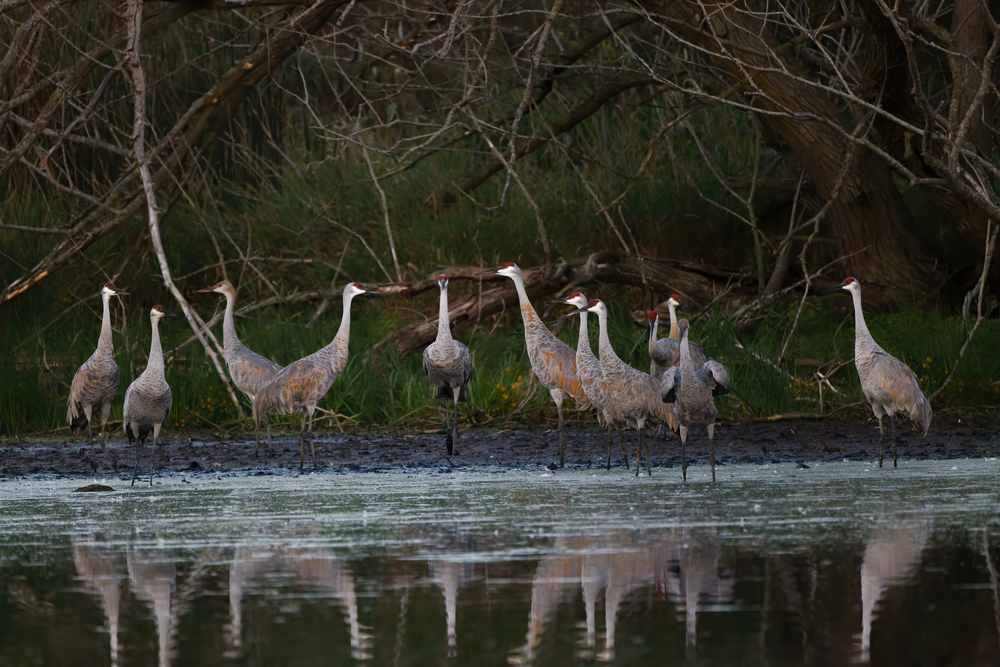
While not technically coastal, this Rio Grande Valley refuge functions as a crucial stopover for waterfowl and sandhill cranes following the Central Flyway, creating one of North America’s most spectacular inland winter birding destinations. From November through February, more than 15,000 sandhill cranes roost in the refuge while snow geese, various duck species, and raptors create a wildlife spectacle that rivals coastal marshlands.
The refuge’s managed wetlands and agricultural fields provide ideal feeding conditions for migrating birds, while observation blinds and viewing platforms allow close encounters without disturbing the wildlife. Photography opportunities peak during the early morning and late afternoon when cranes fly between roosting and feeding areas in massive flocks that create thunderous sounds audible for miles.
Chincoteague National Wildlife Refuge, Virginia
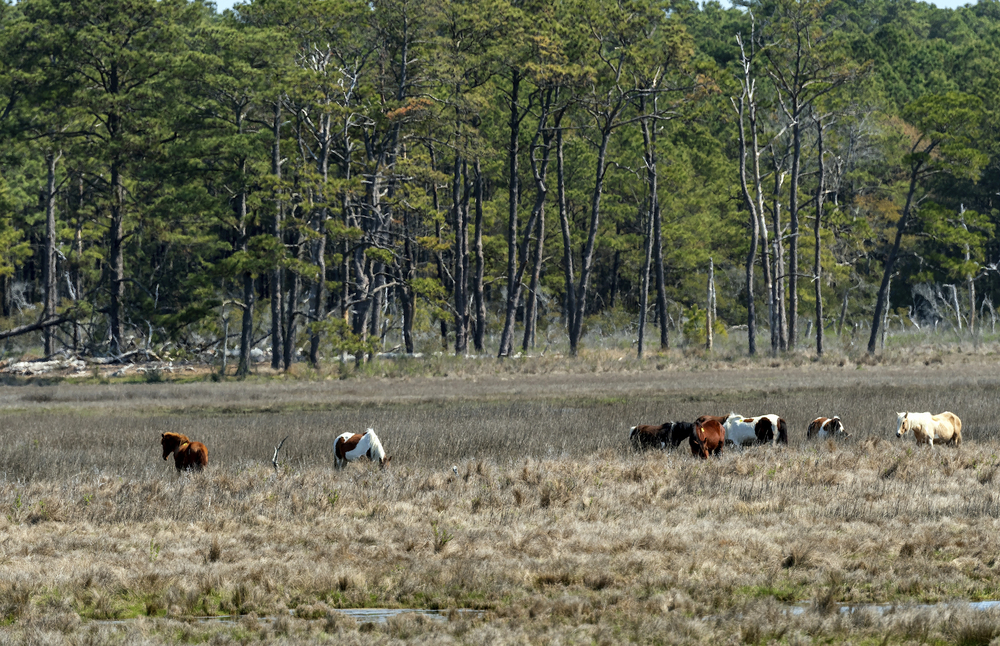
Virginia’s Chincoteague refuge encompasses barrier island habitat where salt marshes, maritime forests, and ocean beaches support more than 320 bird species throughout the year, including significant populations of nesting shorebirds and wintering waterfowl. The refuge’s famous wild ponies share the landscape with piping plovers, least terns, and black skimmers that nest on protected beaches that are closed to recreational use during the breeding season to protect nesting black skimmers and other shorebirds.
Woodland Trail and Wildlife Loop provide accessible birding opportunities, while the lighthouse area offers elevated views across diverse habitats where raptors hunt and wading birds feed.
Peak migration periods in May and September bring waves of neotropical migrants through the maritime forests, while winter months concentrate waterfowl in the extensive salt marsh systems.
Like Travel Pug’s content? Follow us on MSN.
Point Pelee National Park, Ontario
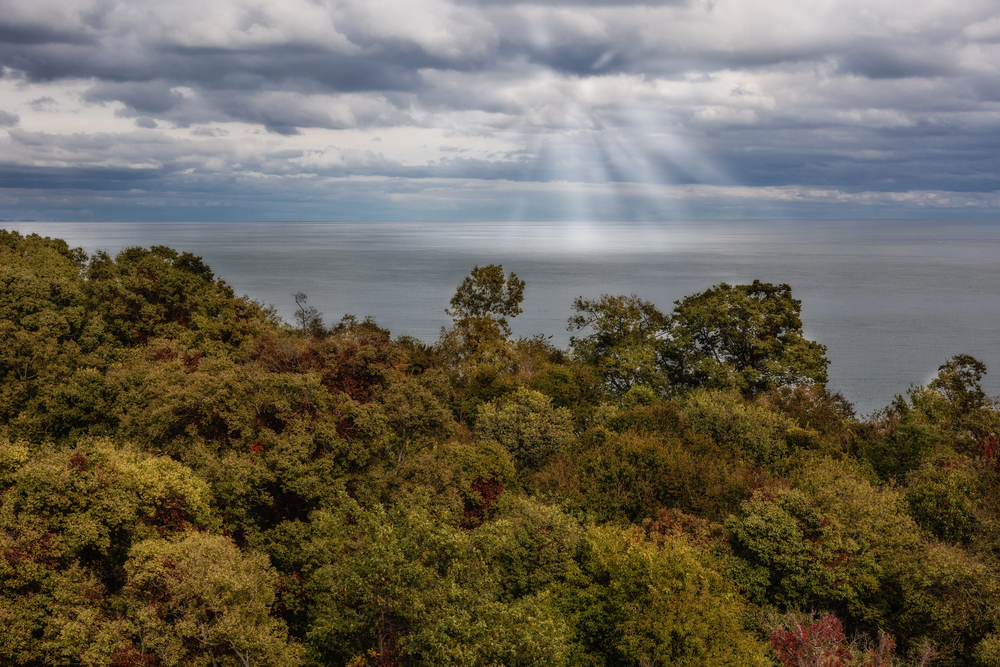
Canada’s southernmost point extends into Lake Erie like a natural bird funnel, concentrating migrating species during spring and fall passages when weather conditions create dramatic birding opportunities. The park’s diverse habitats include deciduous forests, wetlands, and lakeshore areas that support over 370 recorded bird species, making it one of North America’s premier migration hotspots.
Warbler diversity peaks in mid-May when more than 30 species can be observed in a single morning walk, while hawk migration creates spectacular raptor viewing from the park’s exposed tip. The park’s compact size allows birders to experience multiple habitat types during short visits, while the visitor center provides real-time migration updates and expert interpretation.
Ridgefield National Wildlife Refuge, Washington
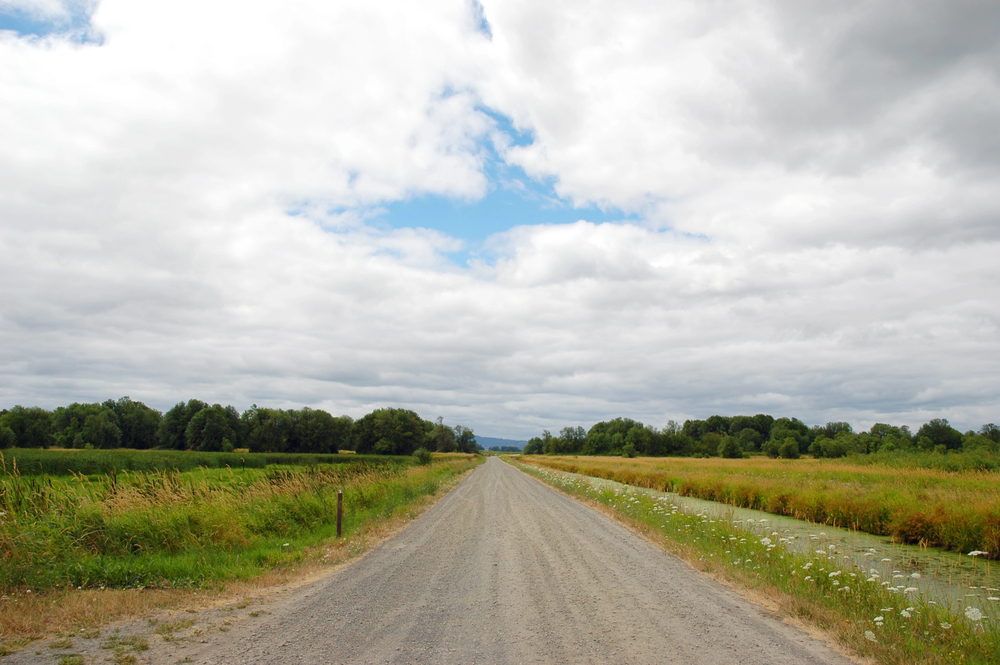
Washington’s Ridgefield refuge protects the Columbia River bottomland habitat, where extensive wetlands and grasslands support Pacific Flyway waterfowl while providing year-round residence for bald eagles, great blue herons, and various owl species. The refuge’s auto tour route allows comfortable birdwatching from vehicles, while hiking trails provide closer encounters with songbirds and raptors in diverse forest and wetland habitats.
Sandhill cranes winter in significant numbers, while spring brings waves of migrating waterfowl that include multiple duck species, Canada geese, and tundra swans. The refuge’s location between Portland and Seattle makes it easily accessible while maintaining a wild character that attracts both common and uncommon species throughout the year.
Edwin B. Forsythe National Wildlife Refuge, New Jersey
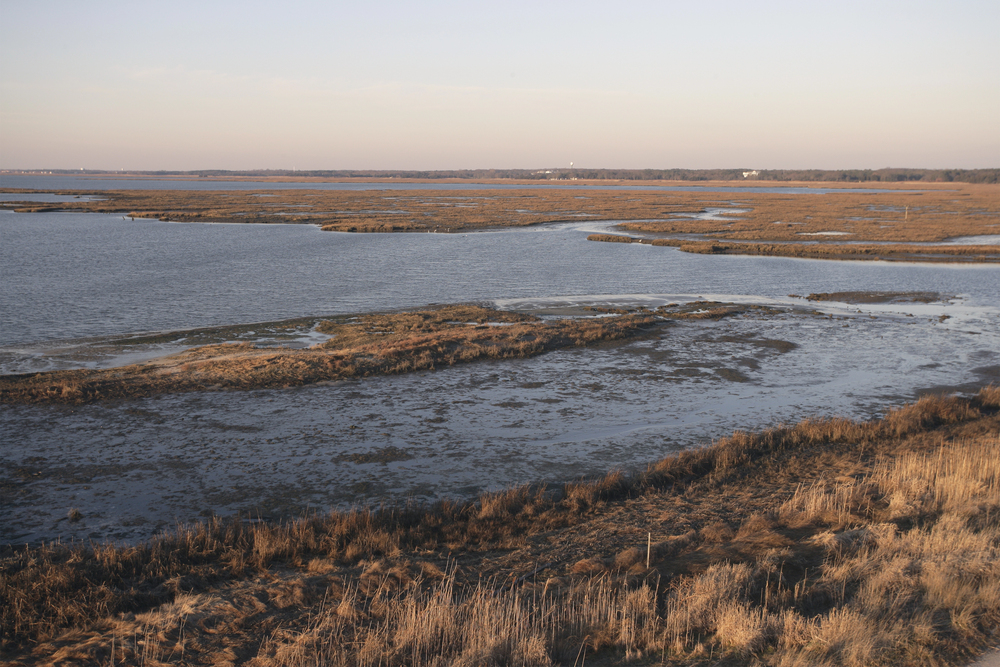
New Jersey’s Forsythe Refuge protects over 47,000 acres of Atlantic coastal habitat where salt marshes, bay waters, and upland forests create exceptional diversity for both resident and migratory bird species. The eight-mile Wildlife Drive provides access to prime viewing areas while hiking trails extend into backcountry areas where secretive marsh birds and forest species require more effort to observe.
Black ducks, brant geese, and various shorebird species use the refuge’s extensive salt marshes, while the upland forests support significant populations of neotropical migrants during spring and fall passage periods. The refuge’s proximity to major metropolitan areas makes it popular with urban birders while maintaining habitat quality that supports sensitive species requiring undisturbed environments.
Like Travel Pug’s content? Follow us on MSN.
Anahuac National Wildlife Refuge, Texas
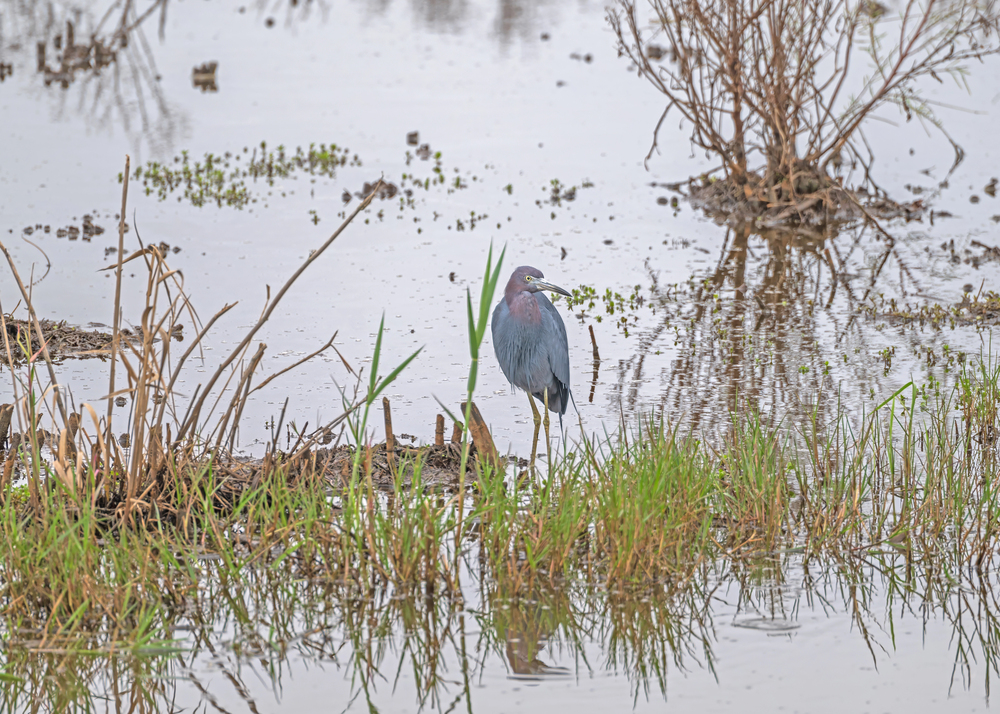
Texas’s Anahuac refuge protects Galveston Bay’s coastal prairie and marsh habitat, where more than 250 bird species take advantage of the region’s year-round growing season and strategic location along the Central Flyway. The refuge’s location at the intersection of multiple habitat types creates exceptional diversity, from wintering waterfowl and shorebirds to year-round populations of herons, egrets, and ibises.
Shoveler Pond Loop and other driving routes provide comfortable access to prime viewing areas, while hiking trails extend into backcountry marshes where rails, bitterns, and other secretive species require patience and skill to observe. Alligators share the wetlands with birds, creating additional wildlife viewing opportunities that demonstrate the complex ecological relationships within coastal marsh systems.
Cape May Bird Observatory, New Jersey
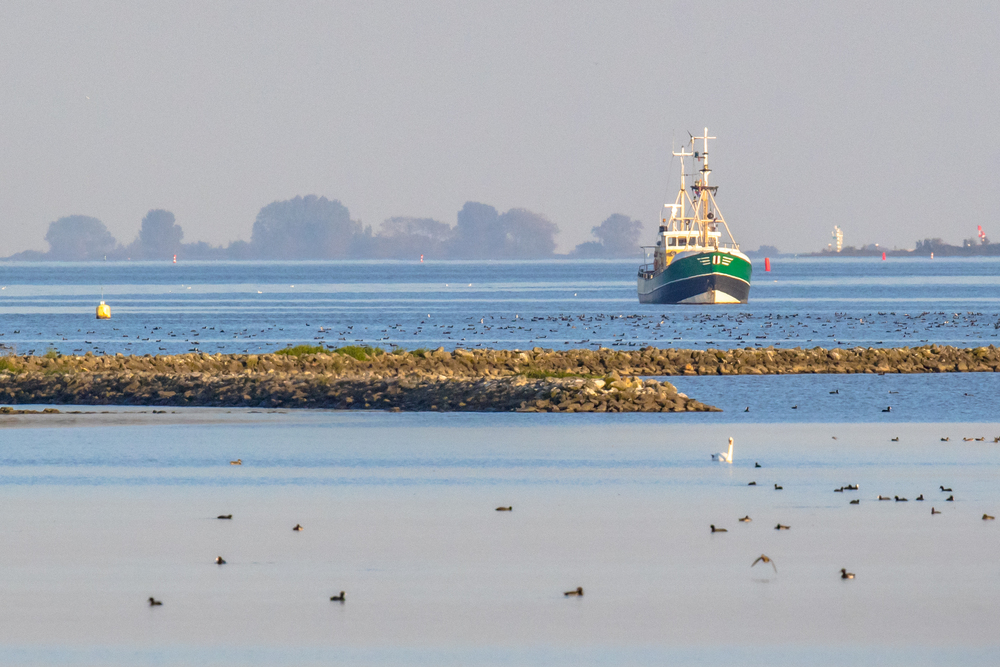
Cape May Point’s location at the southern tip of New Jersey creates a natural concentration point for migrating birds following the Atlantic Flyway, making it one of North America’s most famous birding destinations during peak migration periods. The Northwood Center provides expert interpretation and real-time migration updates, while multiple viewing locations accommodate different skill levels and mobility requirements.
Hawk migration peaks in September and October when thousands of raptors pass through the area daily, while spring brings waves of neotropical migrants through the maritime forests and shrubland habitats. The area’s compact geography allows birders to experience multiple microhabitats during short visit,s while the local birding community provides informal education and species identification assistance.
Monomoy National Wildlife Refuge, Massachusetts
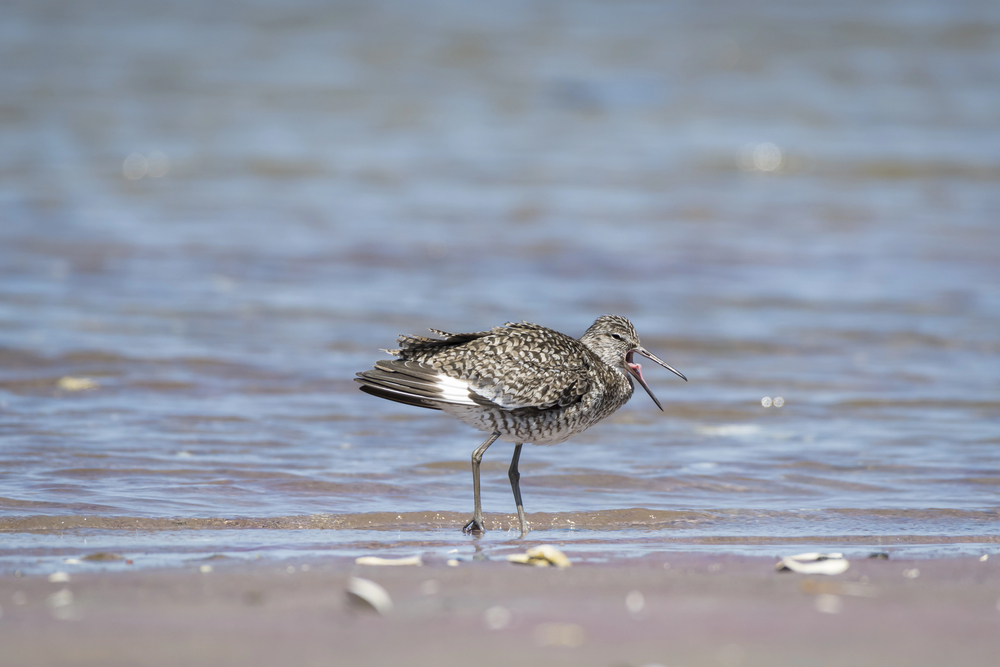
Massachusetts’s Monomoy Refuge protects barrier island habitat off Cape Cod, where shifting sands create dynamic environments that support exceptional shorebird diversity throughout the year. The refuge’s location along the Atlantic Flyway makes it a crucial stopover for migrating species, while year-round residents include significant populations of seabirds and waterfowl. Access requires boat transportation that adds adventure to the birding experience while ensuring that human disturbance remains minimal in critical habitat areas.
Guided tours provide expert interpretation, while independent visitors can explore extensive beach and dune systems where piping plovers, least terns, and other beach-nesting species require careful observation to avoid disturbing breeding activities.
Like Travel Pug’s content? Follow us on MSN.
San Francisco Bay National Wildlife Refuge, California

California’s San Francisco Bay refuge protects the largest remaining salt marsh habitat around San Francisco Bay, providing critical stopover and wintering habitat for Pacific Flyway species while supporting year-round populations of endangered and sensitive birds. The Environmental Education Center provides indoor viewing areas and interpretive programs, while outdoor trails extend into the salt marsh and mudflat areas where shorebirds feed during low tide periods.
The refuge’s location within a major metropolitan area demonstrates how urban wildlife habitat can support exceptional biodiversity while providing education and recreation opportunities for millions of nearby residents. Seasonal variations in water levels and food availability create constantly changing conditions that reward regular visitors with new observations throughout the year.
Blackwater National Wildlife Refuge, Maryland
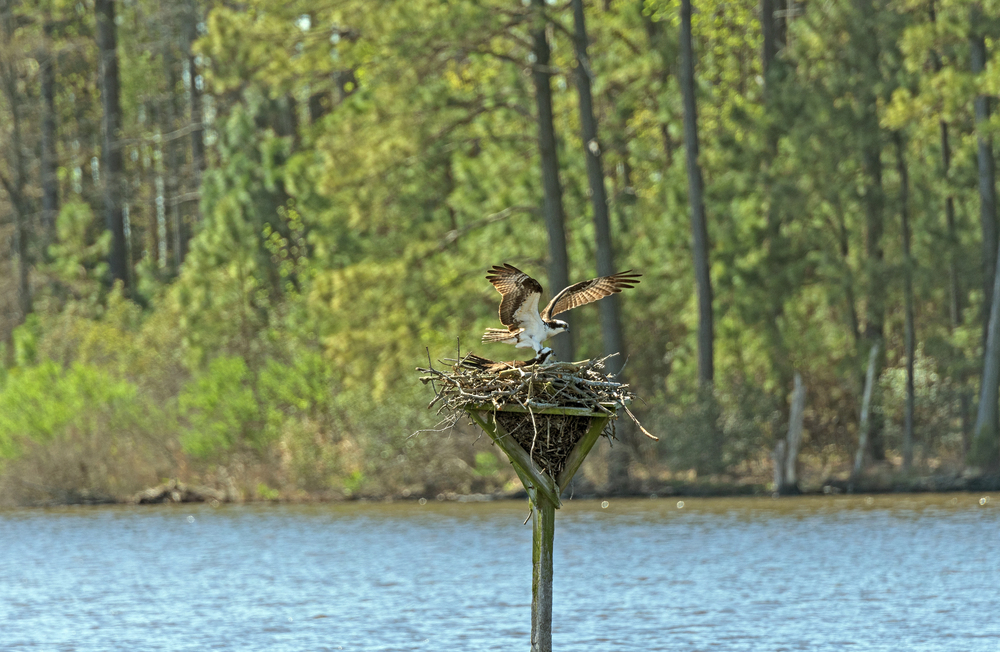
Maryland’s Blackwater Refuge protects the Chesapeake Bay tidal marsh habitat where bald eagles nest in increasing numbers, while migrating waterfowl use extensive wetlands during fall and winter months. The Wildlife Drive provides access to observation areas where spotting scopes reveal distant birds, while hiking trails offer closer encounters with forest songbirds and marsh species.
The refuge’s flat terrain and well-maintained facilities make it accessible to birders with mobility limitations, while backcountry areas challenge more adventurous visitors seeking secretive species in undisturbed habitats. Educational programs and guided tours provide expert interpretation, while the visitor center offers real-time updates on recent sightings and seasonal highlights.
Horicon National Wildlife Refuge, Wisconsin
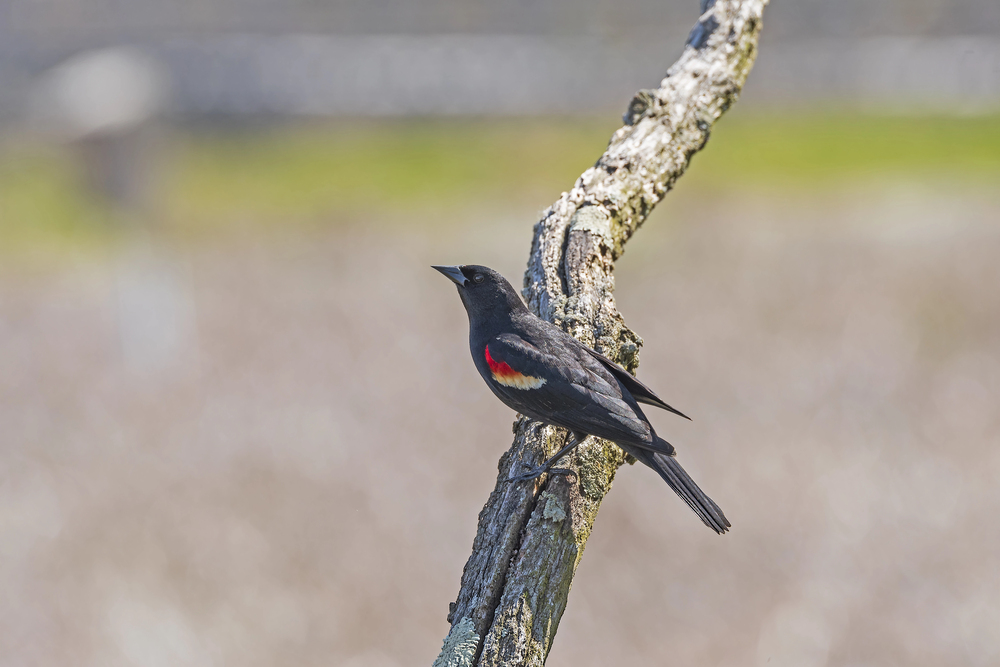
Wisconsin’s Horicon Refuge protects the largest freshwater cattail marsh in the United States, creating a habitat that supports exceptional waterfowl diversity during migration periods while providing year-round residence for marsh-dependent species. The refuge’s location along the Mississippi Flyway concentrates on migrating birds during spring and fall passages when weather conditions can create spectacular viewing opportunities.
Auto tour routes provide comfortable access to prime viewing areas while hiking trails extend into upland habitats where forest birds complement the marsh species that dominate visitor attention. The refuge’s educational programs emphasize the importance of wetland conservation while demonstrating how restored habitats can support thriving wildlife populations.
Like Travel Pug’s content? Follow us on MSN.
Merritt Island National Wildlife Refuge, Florida
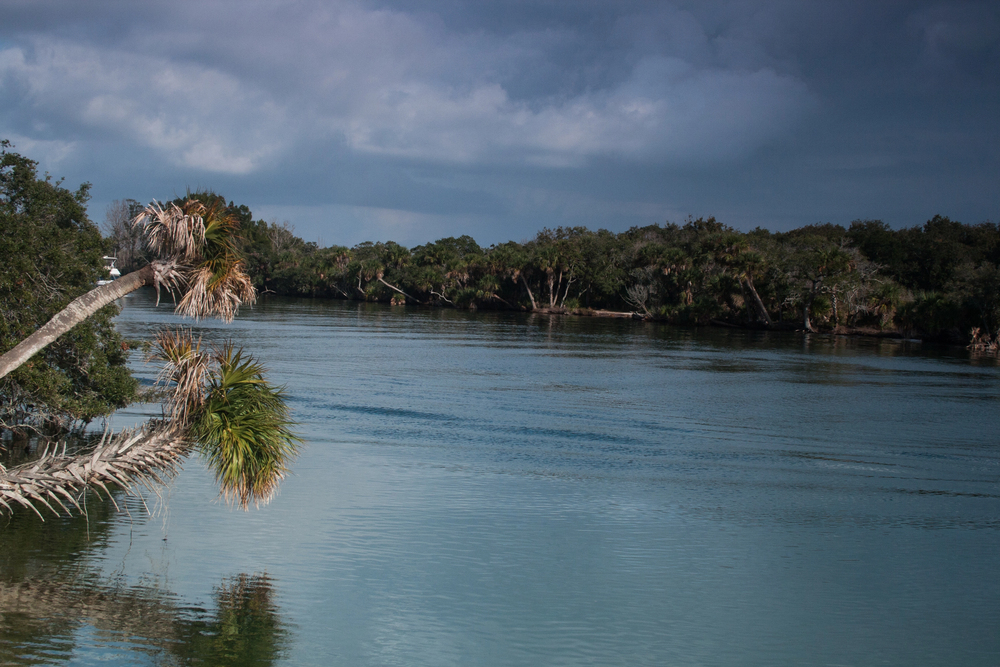
Florida’s Merritt Island refuge shares Canaveral National Seashore with NASA’s Kennedy Space Center, creating a unique juxtaposition where rocket launches and wildlife viewing coexist in a coastal habitat that supports more than 330 bird species.
The refuge’s location along the Atlantic Flyway makes it important for migrating species, while year-round residents include significant populations of wading birds, raptors, and waterfowl that take advantage of Florida’s subtropical climate. Black Point Wildlife Drive provides access to diverse habitats, while hiking trails extend into areas where manatees and alligators create additional wildlife viewing opportunities. The refuge’s popularity requires planning during peak season, while off-season visits often provide more intimate encounters with resident species.
Sabine National Wildlife Refuge, Louisiana
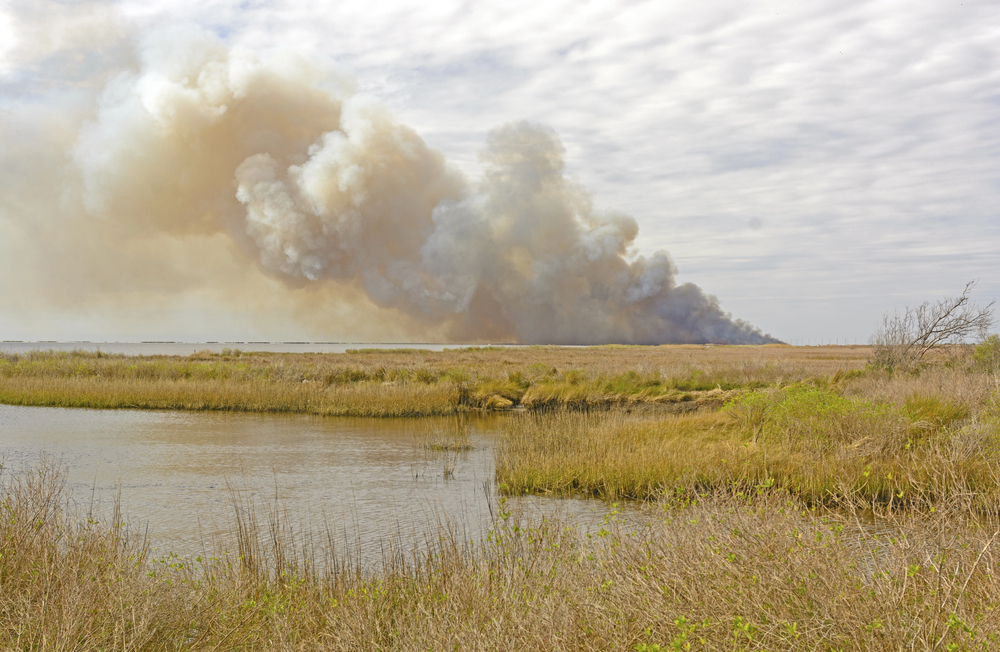
Louisiana’s Sabine refuge protects coastal marsh habitat along the Gulf of Mexico, where more than 200 bird species take advantage of productive wetlands and strategic locations along the Mississippi Flyway. The refuge’s extensive boardwalks and observation towers provide access to marsh areas while minimizing human impact on sensitive habitats where alligators and venomous snakes require cautious observation techniques.
Waterfowl populations peak during winter months, while spring and fall migrations bring waves of neotropical species through coastal forests and shrubland areas. The refuge’s location in Louisiana’s coastal prairie region provides habitat diversity that supports both freshwater and saltwater species within relatively small geographic areas.
Seabrook Island, South Carolina
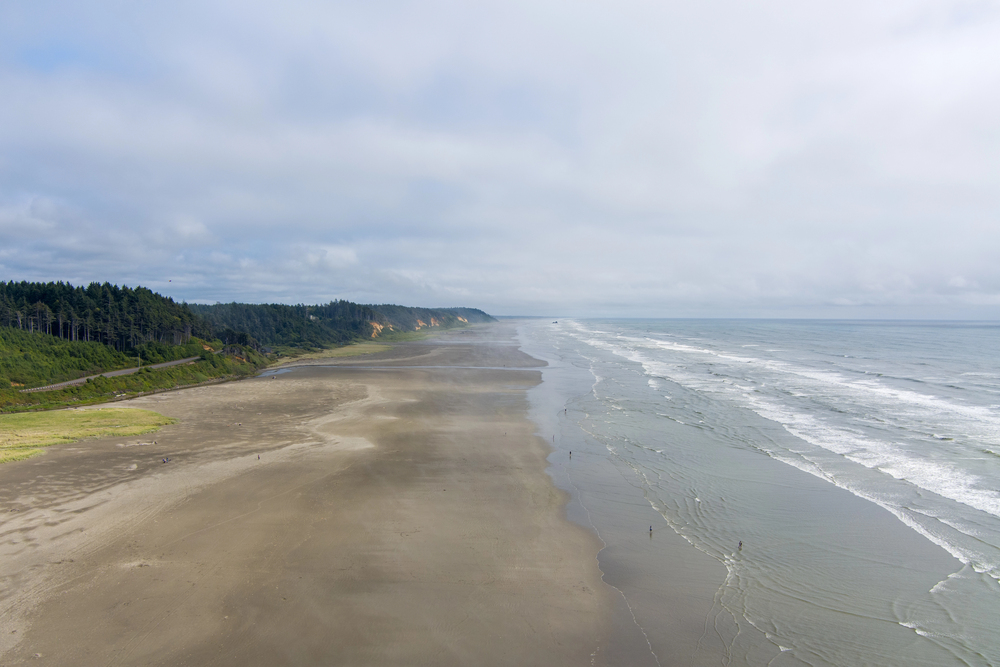
South Carolina’s Seabrook Island provides private access to exceptional coastal birding, where maritime forests, salt marshes, and ocean beaches create habitat diversity that supports both resident and migratory species throughout the year. The island’s limited development preserves its natural habitat while providing comfortable accommodations and dining facilities that allow extended birding visits without camping or roughing it.
Painted buntings nest in maritime forest edges, while shorebirds concentrate along beach areas during migration periods and winter months. The island’s location along the Atlantic Flyway ensures seasonal variety, while year-round populations of herons, egrets, and raptors provide consistent viewing opportunities regardless of visit timing.
Like Travel Pug’s content? Follow us on MSN.
Great Swamp National Wildlife Refuge, New Jersey
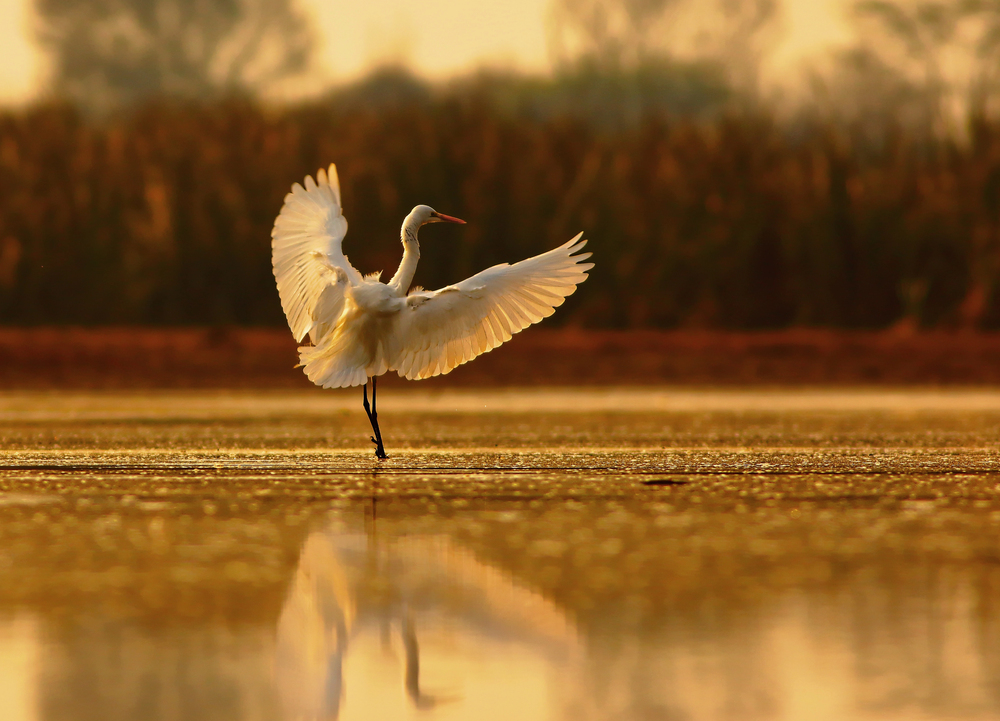
New Jersey’s Great Swamp Refuge protects freshwater wetland habitat just 30 miles from New York City, demonstrating how urban wildlife refuges can support exceptional bird diversity while providing environmental education opportunities for metropolitan populations. The refuge’s boardwalks and observation blinds provide access to wetland areas, while upland trails extend into hardwood forests where woodland species complement the waterfowl and marsh birds that dominate visitor attention.
Spring migration brings waves of neotropical species through the refuge, while winter concentrates waterfowl in areas where ice-free water provides essential habitat during harsh weather periods. The refuge’s compact size allows thorough exploration during single visits, while seasonal changes reward regular visitors with constantly evolving birding opportunities.
Wings Over Water
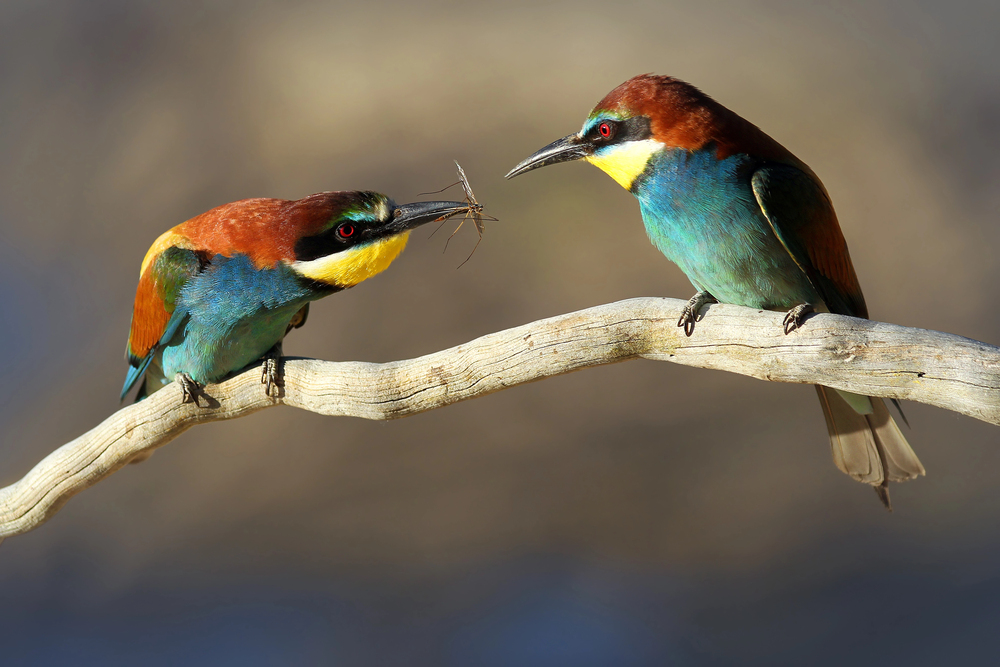
These coastal refuges represent conservation success stories where dedicated habitat protection supports thriving bird populations while providing human recreation and education opportunities. From Arctic-breeding shorebirds stopping over during epic migrations to year-round residents taking advantage of productive coastal ecosystems, these protected areas demonstrate the critical importance of preserving natural habitat in an increasingly developed world.
The best coastal birding experiences combine patience, preparation, and respect for wildlife—rewarding observers with intimate encounters that connect us directly to the natural rhythms that have shaped our planet for millions of years.
More from Travel Pug

- Cities Growing so Fast You Won’t Recognize Them in 10 Years
- 13 Destinations Where Tourists Regularly Regret Their Trip
- 16 U.S. Cities That Are Quietly Becoming Travel Hotspots
- Where to Travel If You Love Long Bus Rides and Daydreams
- 20 Cities Perfect for Solo Travelers Who Crave Adventure & Culture
Like Travel Pug’s content? Follow us on MSN.
